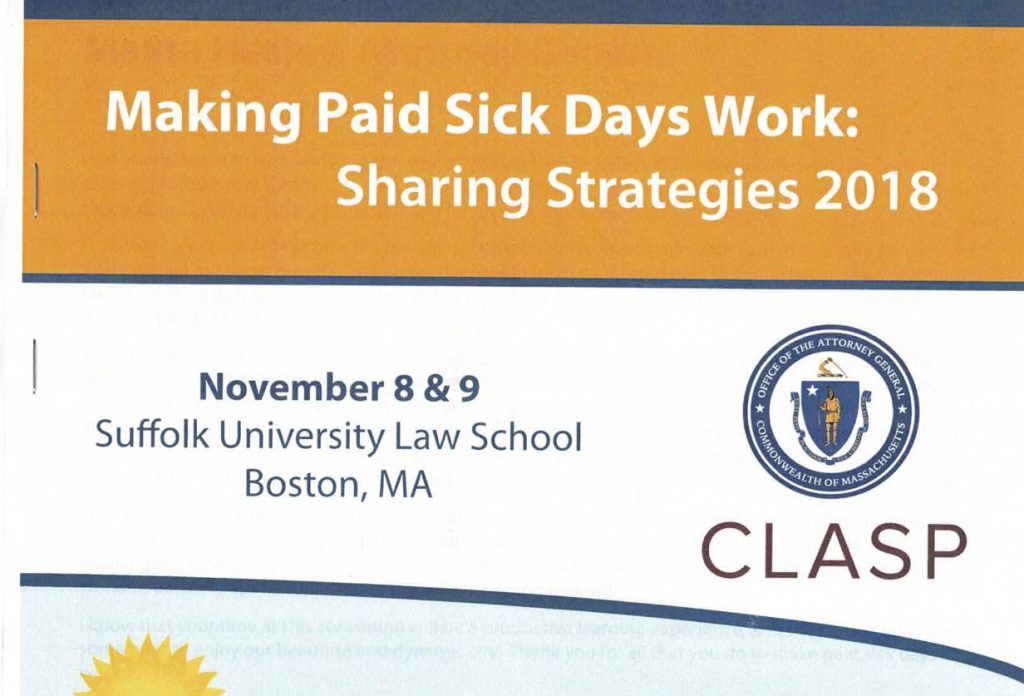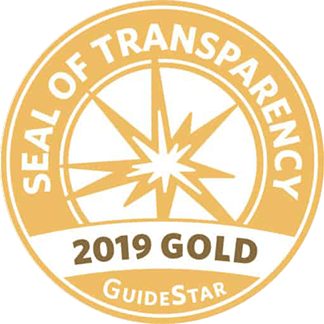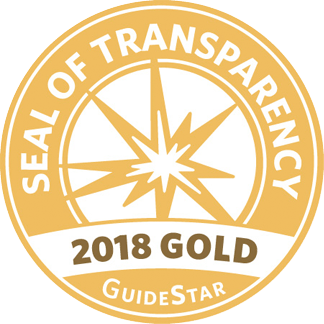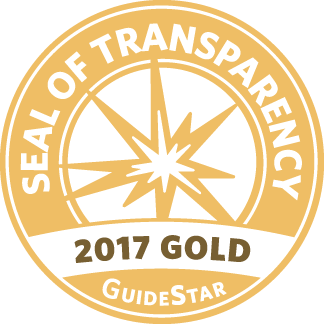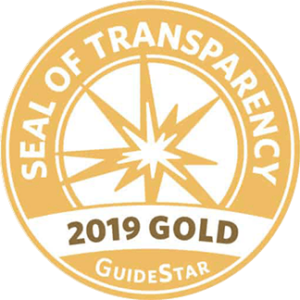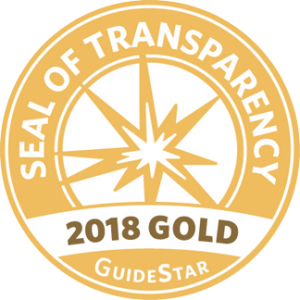On November 8th and 9th, paid sick time advocates and agency representatives from paid sick time enforcement offices around the country met in Boston at a conference hosted by the Center on Law and Social Policy (CLASP) to talk shop: the nuts and bolts of how to enforce paid sick time laws. A Better Balance was thrilled to learn from and share with our partners from the government and non-profit worlds to improve enforcement strategies and further build a strong relationship among advocates and agency representatives. A Better Balance was especially honored to present in two breakout sessions focusing on our work advocating for workers’ voices in the enforcement process and passing paid sick time laws with inclusive family definitions. Now that we’ve had a moment to reflect on all that the jam-packed two days offered, we want to share some insights that emerged from the breakout sessions we had a hand in leading. Particularly, we want to outline some steps agencies and advocates could take in order to make sure that the “in-theory” discussions at the conference become “in-practice” realities on the ground, so that all workers are able to exercise their rights fairly under paid sick time laws.
The Employee’s Role in Enforcement
A Better Balance’s Co-Founder and Co-President Sherry Leiwant helped lead a discussion with agency representatives on the role of the worker in paid sick days enforcement. We know that paid sick days and labor standards improve workers’ health and financial security, while also benefiting employers. But when it comes to enforcement, there are gaps in the worker’s role that sometimes delay or block a just resolution. This conversation focused on how agencies and new laws could develop the paid sick time enforcement process to better involve workers throughout.
A key theme of the discussion centered on how agencies can work with advocates to better craft routine procedures at each stage of the enforcement process to involve workers. At the outset, agency representatives can clearly communicate their expectations of the workers’ role in the resolution process, while at the same time, prioritizing understanding the workers’ expectations and goals of the process. This bilateral flow of information and expectations is a necessity for bringing effective justice to the worker. At the investigation stage, agencies can lower barriers to workers’ inclusion by expanding language access to broaden investigative techniques. Agencies could further involve workers in the settlement process by centering individual workers’ needs and goals regarding restitution and strategically pursuing and shaping cases that vindicate individual workers’ rights in addition to serving a larger deterrence purpose. Also discussed were specific statutory elements that strengthen the role of the worker throughout the resolution process, including by aligning agency power with worker goals (for example, by requiring specific liquidated damages provisions) and lowering barriers to the legal representation of workers (for example, by including attorney’s fees provisions specifically for paid sick time cases).
Caregiving for Chosen Family: Protecting Workers’ Rights
Additionally, A Better Balance’s staff attorney Carl Charles co-facilitated a presentation on protecting workers with chosen families with Wendy Chun-Hoon of our partner, Family Values@Work. By way of background, Carl explained ABB and FV@W’s successful efforts to expand paid sick and safe time laws’ definitions of coverage, in a way necessary to protect the large and growing number of people who care for one another in relationships beyond the nuclear family. The ensuing conversation helped agency and advocacy representatives understand where these laws exist and the potential scale of their intended impact, explored early models for how regulations can reinforce the spirit of the law, and surfaced potential tensions and opportunities in outreach about and enforcement of paid sick time laws with inclusive family definitions.
Several clear action items emerged from the conversation for advocates and agencies to assist in ensuring effective use of inclusive family definitions.
- First, strong public education efforts must include targeted outreach to populations likely to rely on the laws’ new coverage definitions. Community organizations and providers of services to LGBTQ+ folks, those with disabilities, veterans, immigrants, and the elderly must play a direct role to connect workers to the information they need to use the laws.
- Second, agencies can include measures in investigation and enforcement systems that are more likely to catch violations of paid sick time laws as they relate to workers relying on inclusive family definitions. Reworking intake and complaint forms, tailoring investigative methods and questions, and reformatting notice post requirements are just some of the ways agencies can create a broader culture of awareness and compliance around inclusive family definitions.
An overarching takeaway from the conference was that both agencies and advocates care deeply that workers are able to access paid sick time under the law. CLASP’s conference allowed us to explore this shared premise and challenged us and others to think critically and speak candidly in imagining how to best implement these laws. Now, we must act collaboratively to build on the conferences’ achievements and form a reality where no worker has to make the impossible choice between work and family.

